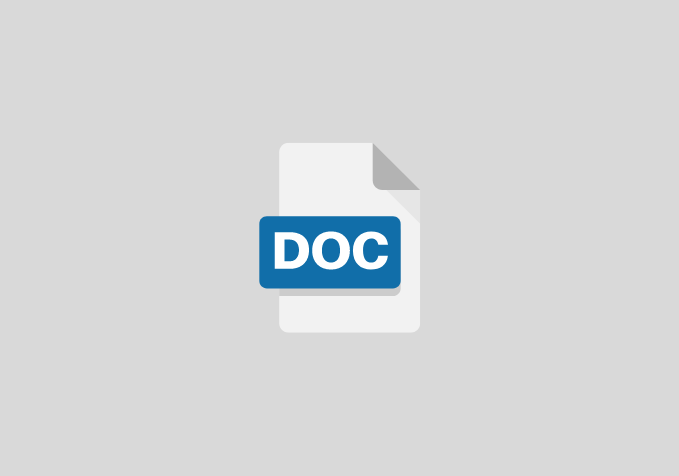Analysis of Labor Use and Food Security Among Rural Maize Farmers in Odede Lga, Ogun State.
Chapter One
- OBJECTIVES OF THE STUDY
The general objective of this study is to assess labor use and food security in the study area.
The specific objectives are to:
- discuss the socioeconomic characteristics of themaize farmers in the study area,
- identify the different labor sources available torespondents in the study area,
- examine labor allocation among the maize farmers,
- know the food security status of the respondent,
- determine the factors influencing household`s food security of the farmers.
CHAPTER TWO
LITERATURE REVIEW
INTRODUCTION
“Nigeria is blessed as it is, with abundant agro-ecological resources and diversity, has become one of the largest food importers in “Sub-Saharan Africa -Idachaba (2009)
The above quotation was made by one of Nigeria’s agricultural economists. The quotation epitomizes that Nigeria’s food situation is not good enough. Any system where food demand is not adequately matched to supply is unarguably describing a situation with looming food crisis. Despite pretensions to the contrary, Nigeria is very far from being food secure. At the global level, somewhere in the world, a child dies of hunger every five seconds, although the planet has more than enough food for all. The United Nations reported that more than one billion people in the world are hungry; six million children die of hunger every day and 17, 000 of them die every day (UN Food Security Report, 2013).
Dalhberg (2009) identified four global threats that have significant implications for the food securities of cities:
- There are three different types of incipient population explosion: humans, cars and livestock. The threat of increasing human numbers and urbanization are cleared. Less often considered is the population explosion since World War II of live stock numbers. Presently, about 38% of the world’s gain crop is fed to livestock.
- There is global warming – an issue beset with uncertainty and confusion. While a few regions may benefit from global warming, the latest forecast showed that African agriculture is the most vulnerable, while many agricultural areas in the temperate zones will suffer more frequent storms, droughts, flood and extreme temperatures.
- The loss of biodiversity is perhaps the greatest long-term threat to global sustainability.
- The threat of poverty and globalization of injustice. The weak and poor in the society are becoming more vulnerable than ever to powerful economic forces and structures. For instance, significantly after 50 years, average grain price over the last three years have increased by 12% for wheat, 1% for rice and 16% for maize (Ojo, 2012).
It is in the view of this that the attainment of food security is germane to every country. This justifies the reason why developed and developing countries are making considerable efforts to increase their food production capacity.
REFERENCES
- Agboola, P.O. (2013); Factors influencing Food Security among Small Farmers in Nigeria. African Journal of Agricultural Research. 9(27): 2104-2110.
- Ahmed, F.F. & Mohammed, M. (2015); An Analysis of Socio-Economic Characteristics and Food Security Situation among Semi-Urban Households: A Case Study of Biu and Bama Local Government Areas of Borno State, Nigeria. Journal of Developing Country Studies, 5(6): 59-70.
- Dalhberg, K.A. (2010); The Global Threat to Food Security. Urban Age. Winter, 5(3):203-217.
- Davies, A.E. (2009); Food Security Initiatives in Nigeria: Prospects and Challenges. Monograph. Department of Political Science, University of Ilorin, Ilorin.
- Ede, A. (1999); Globalization, Universalization and Human Rights to Adequate Food. A Publication of Toda Institute for Global Peace and Policy Research, South Africa, ABC Press.
- Ekpu, R. (2009); A Harvest of Hunger. Newswatch, Lagos. Special Colloquium Edition. August 3rd.
- Giroh, D.Y., Adebayo, E.F. & Jongur, A.A. (2013); Analysis of Labour Productivity and Constraints of Rubber Latex Exploitation among Smallholder Rubber Farms in Niger-Delta, Nigeria. Global Journal of Agricultural Research, 1(3):16-26.

